When Do Baby Rabbits Get Fur?

There’s no doubt about it, rabbits are some of the cutest animals around, what with their fluffy, silky hair that you probably can’t resist stroking. But did you know they don’t start life that way? In fact, they’re born naked, and it takes a while before their bodies get covered with that irresistibly soft coat. So when do baby rabbits get fur? Let’s dig into the details to find out.

Appearance of Baby Rabbits
At birth, baby rabbits (called kits) look so different from adult buns, especially those with gloriously long hair. They’re so tiny, for one, only about a couple of inches long and weighing around 2 ounces, depending on the breed. Moreover, they’re blind and deaf because their eyes and ears are closed when they emerge from the womb.
At this stage, kits are helpless creatures who are totally dependent on their mother. All they can do is wiggle feebly, so they usually spend their entire time in the nest box. No wonder this is the period when some of the little ones die suddenly.
Even breeds with thick gorgeous coats don’t display any advantages in the hair department. They’re as naked as short-coated buns at birth.
Fur or No Fur?
Rabbits develop quickly, so you’ll see changes in your baby buns from one day to the next. That said, it takes roughly 4 to 8 weeks before kits grow a full coat. However, when the bunnies are a week old, a soft baby coat called kit hair starts to cover their bodies. It’s often peach-colored and is the beginning of their undercoat.
This hair isn’t enough to keep the kits warm. It also might have a different color and texture from their adult fur. As they grow up, some buns develop patterns or markings specific to their breed (see holland lop, dwarf lionhead and californian breeds for details on each!).
Stages of Fur Growth
If you’re wondering when your naked bundles of joy will get the coat they’ll sport for life, here’s a timeline of when baby rabbits get fur.
- By day 3: The kits start growing a soft, downy fuzz on their bodies. It’s very light and hardly enough to provide them warmth.
- By day 7: Short hair has grown over most of the baby buns’ bodies. However, their feet, nose, ears, and tummy will still be hairless at this point. Their coat still won’t provide sufficient warmth, so they can still get cold despite having some fur.
- By day 12: The kits now have developed a full coat. You may also see the fur color the buns will get when they’re adults, although the hue may change slightly when they’re full-grown.
- By weeks 4 to 6: The baby coat turns into the intermediate coat, a mixture of downy and long guard hair. The intermediate coat will grow thicker until the adult coat replaces it.
- By the 4th to 12th month: The adult coat would have replaced the intermediate coat. This is the typical fluffy coat fur parents associate with rabbits.
Fur Color
Even though kits are born without fur, you can get an idea of what color their coat will be. Well, probably not the exact hue, but you’ll be able to have an inkling if your rabbit will be light or dark-colored. How? By looking at their skin.
Newborn kits with pink skins will likely grow up to be light-colored rabbits. Buns who’ll become brown or black rabbits in adulthood often have dark skin at birth. If your baby bunnies have mottled skin, they’ll have multicolored fur with lovely patches of color when they get their adult coat.

Shedding
It’s not just kits that shed their fur. Even adult rabbits do so. This happens during molting season, which occurs roughly every 3 months. In the process, the old coat gets replaced with a new one. You’ll know your rabbit is shedding if you see plenty of loose fur around the house and on your pet’s body. This is nothing to worry about. Also, certain rabbit breeds, particularly the long-haired ones like angoras, teddy lionheads and even lops, shed more than others.
Here are some tips to help your bun through the molting process.
- Give your pet a wet hand rubdown: To gently remove the loose hair, wet your hands and rub them over your bun’s body. The hair strands will stick to your hands for easy disposal.
- Brush your rabbit: You’ll need to brush your bun more frequently during the molting season. Use a brush or a fine-toothed comb and run it through his entire body to grab the loose fur.
While it’s normal for rabbits to shed, you should check your pet’s health condition if he loses excessive fur. Causes of considerable shedding include bacterial or fungal infections, illnesses, and the presence of parasites, such as fleas and mites. Consult a rabbit-savvy vet if your bun is losing a great deal of fur, especially if he gets bald in some areas.
Is It Safe to Touch a Baby Rabbit’s Fur?
There’s an old wives’ tale stating that you shouldn’t touch a newborn bun because that will transfer human scent to the baby rabbit, causing its mother to neglect or abandon her kit. As we said, that’s an old wives’ tale. The truth is, pet rabbits don’t get put off by the scent of humans, particularly their owners. Moreover, the doe (female rabbit) will still be able to detect her baby’s scent over yours, so don’t worry if you need to touch her kits.
What matters more is how you handle the little ones. Remember to be gentle, as baby buns can be quite fragile. Keep a soft but firm grip because kits wriggle a lot. Use both hands to scoop up baby buns younger than 2 weeks.
Also, try not to keep them separated from their mother and siblings for too long, as this causes stress. Baby rabbits can leave their mom only when they’re 6 to 8 weeks old, so avoid prolonged separation till then.
If you’re a novice rabbit owner, don’t be surprised if you see your bun’s naked babies. Kits are born without hair, even those coming from long-haired breeds. So, when will the baby rabbits get their adult fur? It will take a while, roughly around their fourth month of life, although some breeds may take longer to turn into the fluffy bun you expect.
More about rabbit care
- How Long Do Flemish Rabbits Live: Giant Breed Facts
- Complete Guide to the Best Hay For Rabbits: Reviews & More
- Are Rabbits Rodents? Find Out More About These Small Mammals
- Is Oat Hay Good for Rabbits? Complete Guide to the Best Hay
- Why Do Rabbits Lick You? 11 Reasons for This Common Behavior
We hope you enjoyed this post! If you did, will you give it a share or two 🙂 Thank you! ~from Every Bunny Welcome


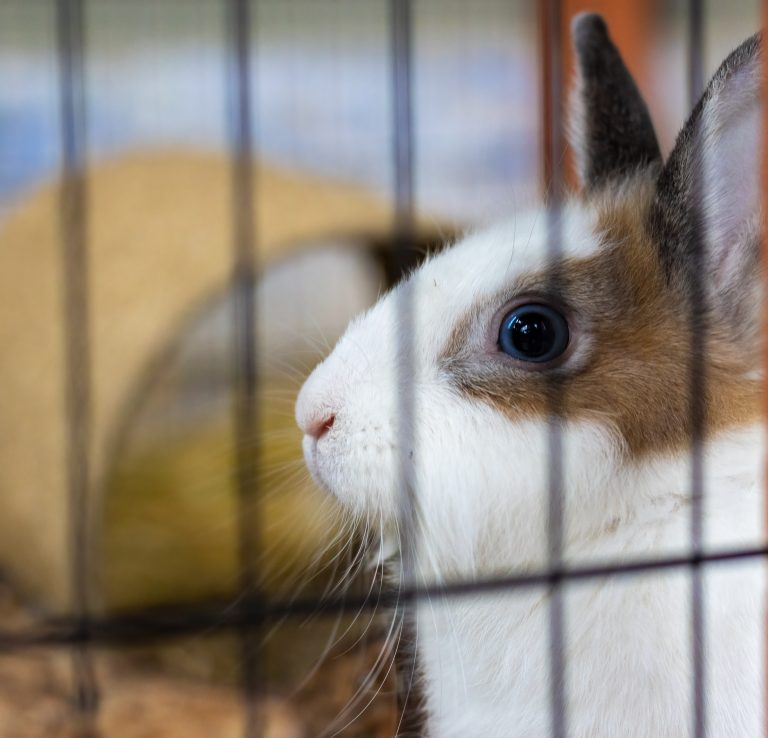
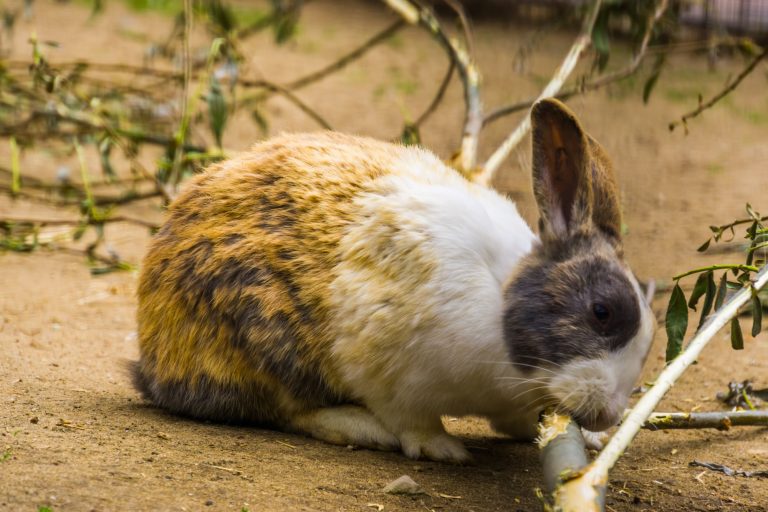
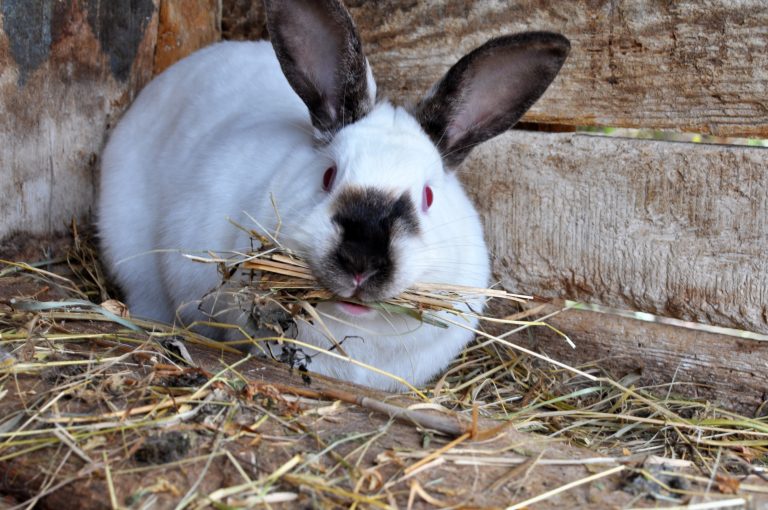
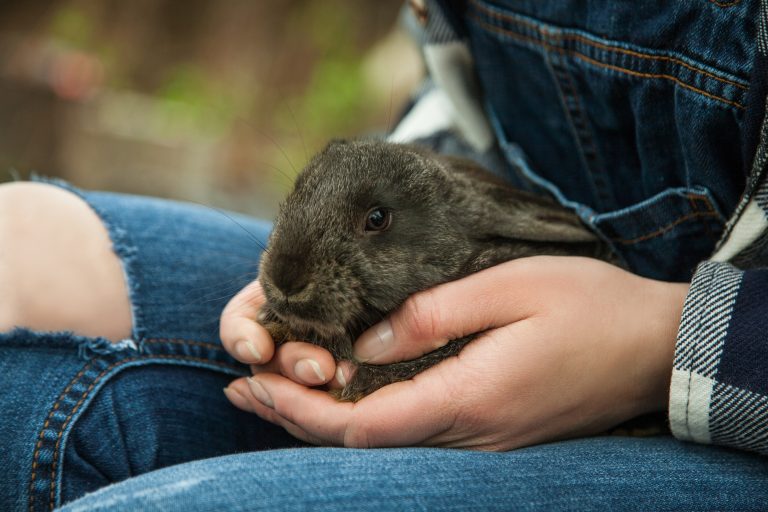
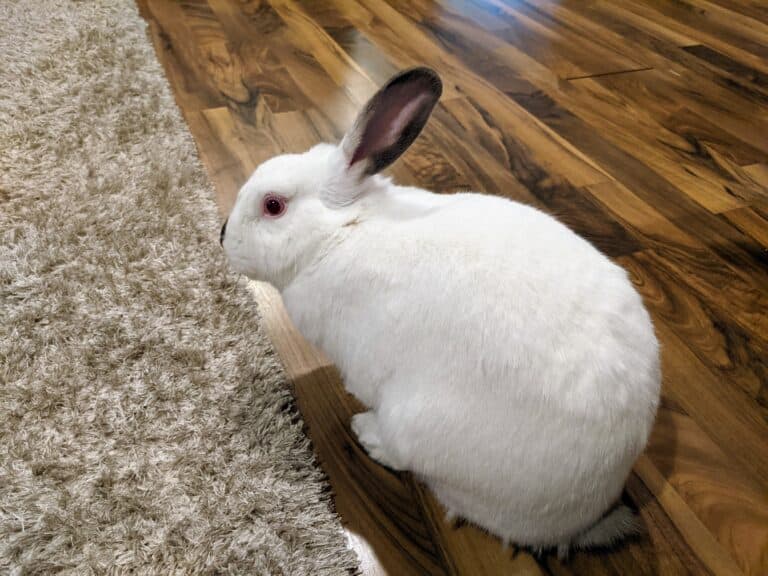

Thank you for explaining so much on the rabbit. I never knew about kits and the fur situation. Thank you again. I love rabbits and the way their fur is so healthy and soft, now I’ll really be able to take very good care of my little baby
Rabbit…thx again
Eva Cruz